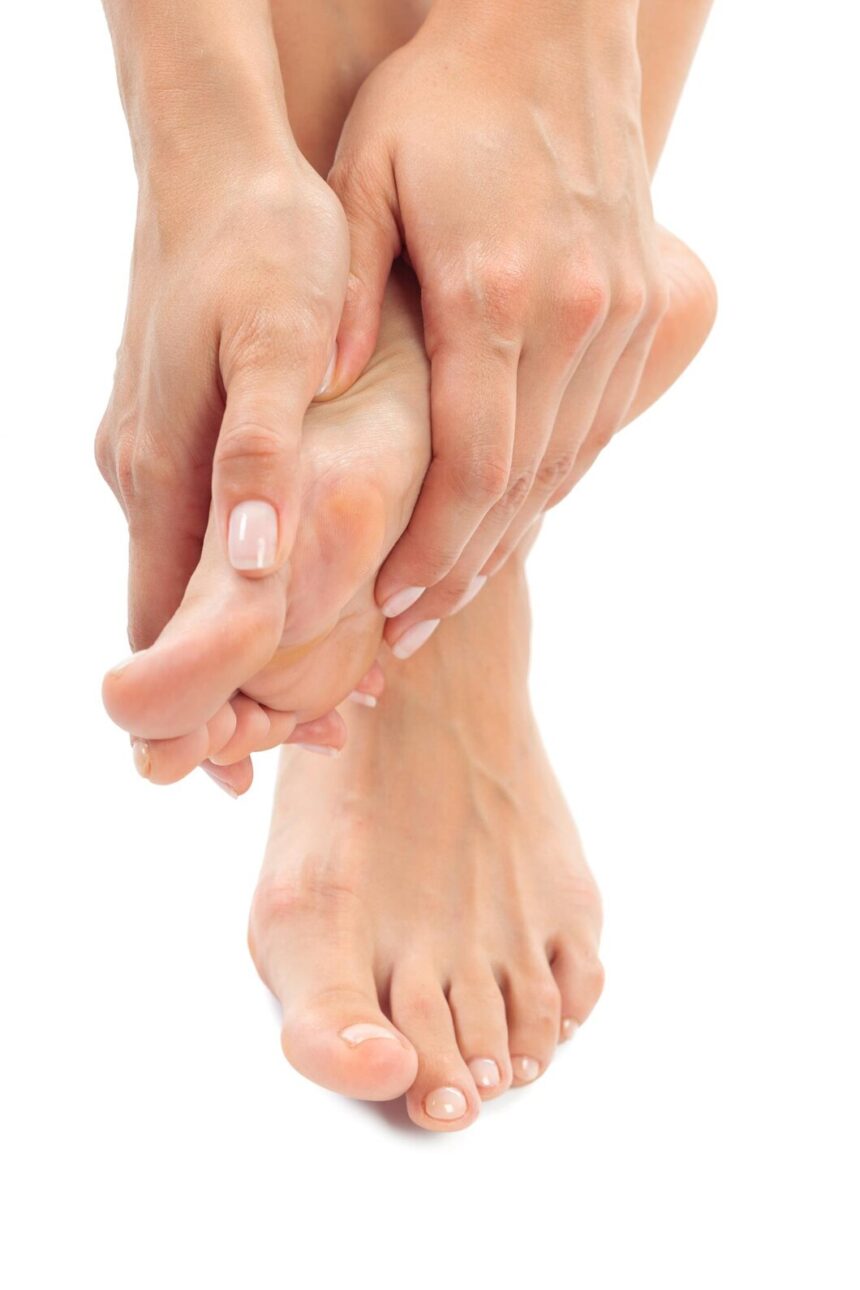Plantar warts, medically known as Verruca plantaris, are a common dermatological condition caused by the human papillomavirus (HPV). These warts typically develop on the soles of the feet, where pressure and friction are highest. While generally harmless, they can be uncomfortable and may require treatment to alleviate symptoms and prevent spreading. Here’s a comprehensive guide to understanding plantar warts:
Symptoms of Plantar Warts
- Appearance: Plantar warts often appear as small, rough growths or lesions on the weight-bearing areas of the feet. They may have a grainy texture and are usually gray, brown, or yellowish in color.
- Pain and Discomfort: Due to their location on the feet, plantar warts can cause pain or tenderness, especially when walking or standing for long periods. They may feel like a small stone in your shoe.
- Black Dots: Sometimes, small black dots (clotted blood vessels) can be seen within the wart, which are characteristic of plantar warts.
Causes of Plantar Warts
Plantar warts are caused by HPV, which enters the body through tiny cuts, breaks, or other weak spots on the bottom of the feet. Factors that increase the risk of developing plantar warts include:
- Walking Barefoot: Especially in moist, warm environments like locker rooms, swimming pools, or communal showers.
- Weakened Immune System: Individuals with weakened immune systems, such as those with HIV/AIDS or undergoing immunosuppressive therapy, are more susceptible.
- Skin-to-Skin Contact: Direct contact with surfaces or objects that have been in contact with the virus.
Treatment Options for Plantar Warts
- Over-the-Counter Treatments: Non-prescription medications containing salicylic acid can be applied directly to the wart to gradually remove it. These treatments may take several weeks to be effective.
- Cryotherapy: A medical professional can freeze the wart using liquid nitrogen, causing it to blister and eventually fall off. Multiple treatments may be necessary.
- Prescription Medications: In some cases, topical medications containing stronger concentrations of salicylic acid or other chemicals may be prescribed.
- Surgical Removal: For stubborn or large warts, surgical options such as laser treatment, excision (cutting out the wart), or burning (electrosurgery) may be recommended.
- Immune Therapy: In cases where warts are resistant to standard treatments, injections to stimulate the immune system or topical treatments to enhance immune response may be used.
Prevention Tips
- Keep Feet Dry and Clean: Wash your feet regularly and keep them dry, especially between the toes.
- Avoid Walking Barefoot: Wear flip-flops or sandals in public showers, locker rooms, and pool areas.
- Avoid Touching Warts: Do not scratch or pick at warts to prevent spreading the virus to other parts of your body or to other people.
- Boost Immune System: Maintain a healthy lifestyle to support your immune system’s ability to fight off infections.
When to Seek Medical Advice
If you have a plantar wart that is painful, spreading, or not responding to over-the-counter treatments, it’s advisable to consult a healthcare provider. They can recommend the most appropriate treatment and help prevent complications or recurrence.
While plantar warts are often harmless, they can be bothersome and affect your daily activities. Understanding the symptoms, causes, and available treatments can empower you to manage and treat them effectively. By practicing good foot hygiene and seeking prompt treatment when needed, you can reduce discomfort and prevent the spread of plantar warts.










